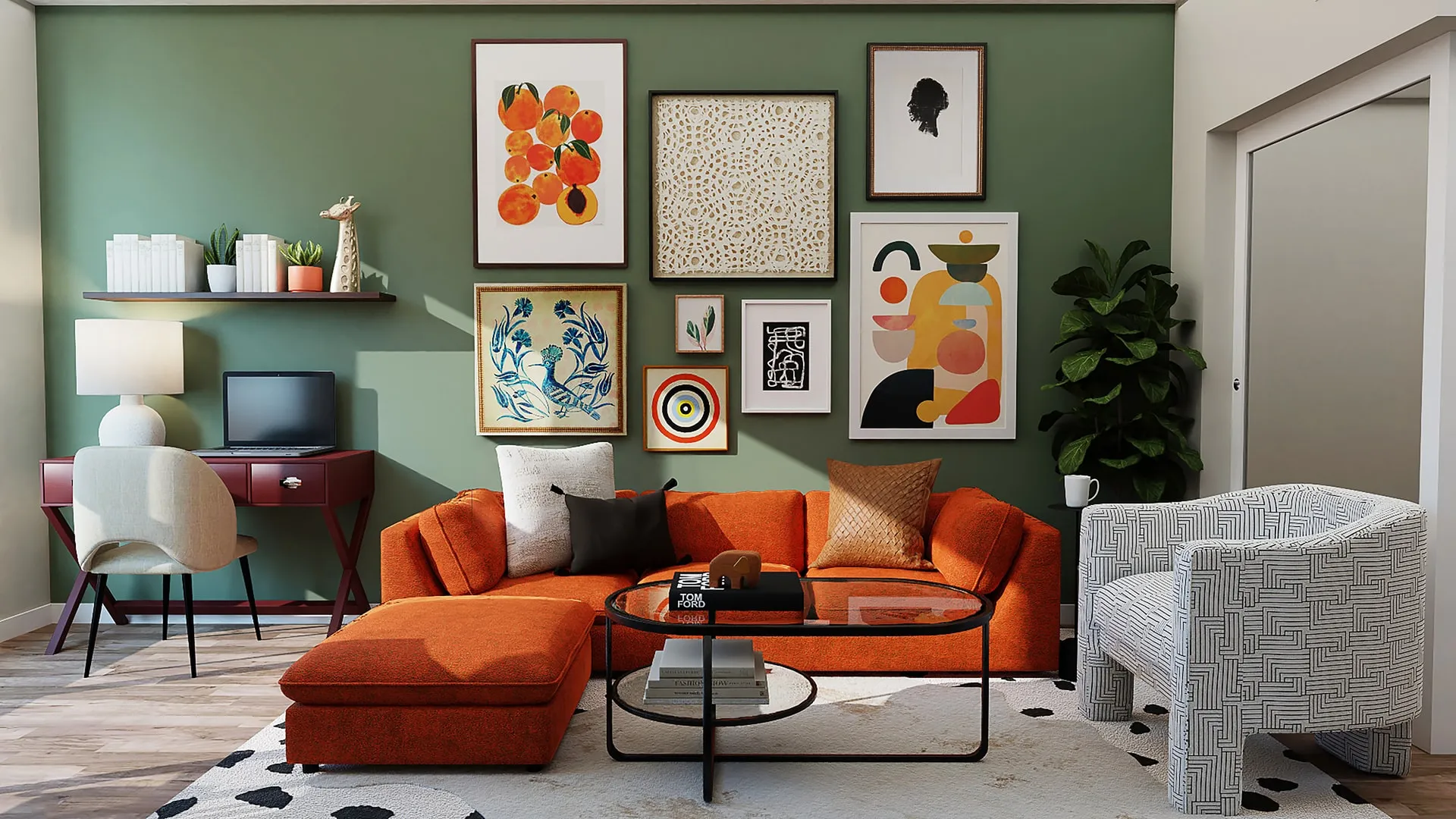
In Western architecture, a living room, also called a lounge room, lounge, sitting room or drawing room, is a room for relaxing and socializing in a residential house or apartment. Such a room is sometimes called a front room when it is near the main entrance at the front of the house. In large, formal homes, a sitting room is often a small private living area adjacent to a bedroom, such as the Queens' Sitting Room and the Lincoln Sitting Room of the White House. After World War I the living room was the least used space in the house, and was referred to as the death room. In the late 19th or early 20th century, Edward Bok advocated using the term living room for the room then commonly called a parlo[u]r or drawing room, and is sometimes erroneously credited with inventing the term. It is now a term used more frequently when referring to a space to relax and unwind within a household. Within different parts of the world, living rooms are designed differently and evolving, but all share the same purpose, to gather users in a comfortable space.
A typical Western living room may contain furnishings such as a sofa, chairs, occasional tables, coffee tables, bookshelves, televisions, electric lamps, rugs, or other furniture. Depending on climate, sitting rooms would traditionally contain a fireplace, dating from when this was necessary for heating. In a Japanese sitting room, called a washitsu, the floor is covered with tatami, sectioned mats, on which people can sit comfortably. They also typically consist of shoji, fusuma, and ramas which allow for the space to be very minimalistic and cohesive. Japanese living room design concepts contradicted UK and New Zealand ideals in the way that Japanese culture believed in warming the person, instead of the home. This consisted of owning a portable hibachi for cooking needs rather than heating needs, meanwhile people in the UK and New Zealand used fireplaces to warm the space and not for cooking needs. Japanese cultural belief systems affected their design characteristics in the way that ornamentation should be minimal while incorporating natural elements.Interior designers and architects throughout time have continuously studied users within a space to design to best fit their needs and wants. King of France, Louis XIV’s Palace of Versailles can be considered having one of the most lavishly decorated living rooms in the late 1600s. During King Louis XIV's reign, the architectural Louis XIV style or Louis Quatorze was established. This style can also be identified as the French Classicism and had an influence on other countries. It included the bold use of marble and bronze materials. Louis XIV worked alongside Louis Le Vau and Augustin-Charles d’Aviler to design appartments de parade, otherwise known as formal rooms that usually consisted of discussing and conducting business matters. They also designed, appartements de commodité, which were rooms that the homeowners could relax and lounge in. This style, known as the Louis XV style, or Louis Quinze, was designed intentionally to combine formality with a new level of comfort that people were yet to discover. Charles Étienne Briseux, French architect whose architectural style was prominently Louis Quinze, published Architecture moderne ou L’art de bien bâtir in 1728, introduced comfort which later became an obsession to have specific materiality and furnishings within the interior of a space. Its influenced began in Paris, France, and then quickly spread across Europe reaching the attention of the wealthy and lavish.
An example of this evolution is the Miller House designed by Eero Saarinen. Saarinen knew that he wanted to design a living room not only with an appropriate architectural style but to feature conversation pit that sunk users to the ground making them feel a bit more grounded. It encouraged relaxation and conversing which the Miller House was one of the very first spaces to celebrate and introduce the conversation pit. The Miller House's architectural style was known as Mid-century modern, this indicated that it was introduced after World War II between 1945 and 1960. The movement was associated with minimal ornamentation, simplicity, honest materials, and craftsmanship.
Anonymous
July 03, 2024 at 18:18
No Replies